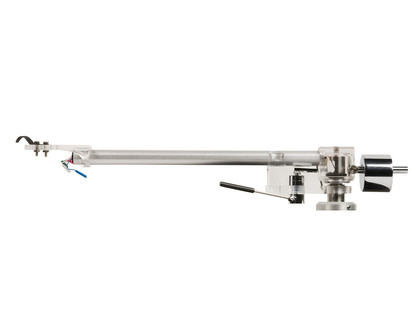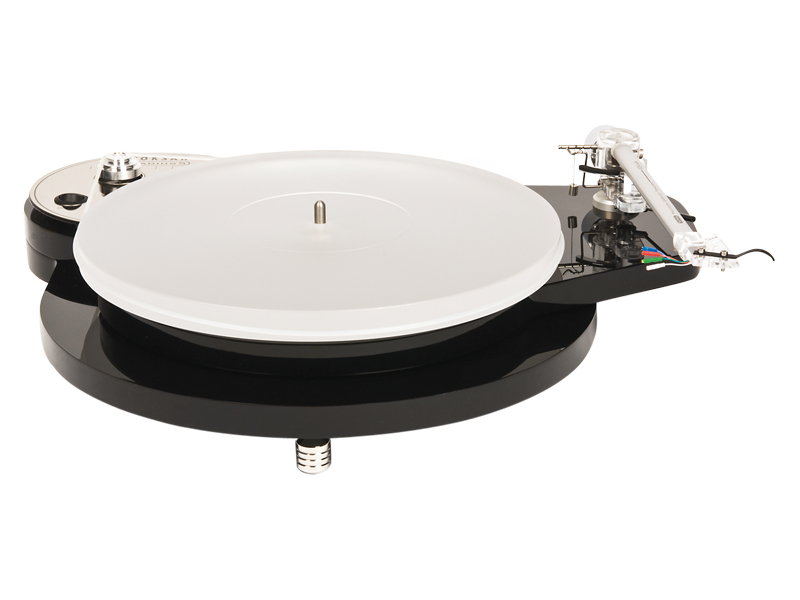TechRadar Verdict
Pros
- +
Good detail
- +
Firmly extended bass
- +
Lovely imaging
Cons
- -
Coloration is in evidence with many recordings
Why you can trust TechRadar
The Radius design has undergone so many changes over the years that practically no single part is left of the original, yet it is instantly recognisable as the same model.
In current guise, the Radius 5.2, it is an all-acrylic, semi-suspended turntable, with the familar Roksan 'egg' shape for the subchassis. Three compliant rubber mounts support the subchassis, while the motor is mounted compliantly in a housing which in turn is supported on the plinth.
The arm, included as standard, is the Nima unipivot. The subchassis shape is certainly visually attractive, but its original justification was to do with control of resonance.
Regular shapes tend to be more resonant than irregular and this one is sufficiently irregular to improve matters considerably compared to, say, a circle or rectangle.
The platter, of course, is unavoidably regular, but its acrylic material is in itself fairly 'dead', one of the reasons it has become so popular. It's supported on a new, close-tolerance main bearing and driven around its periphery by a silicone belt.
Compliant motor mounting is another Roksan speciality – that is, highly compliant, to the extent the motor very visibly wobbles as it starts up. It's not immediately obvious what the pros and cons of this are, though clearly it's likely to limit the amount of motor vibrations getting into the structure.
Similarly debatable, are the benefits of unipivot arms (of which the Nima is an example). It has a metal tube with a slightly decoupled counterweight mounted at the rear and an acrylic headshell at the front, all supported on a single needle bearing.
Sign up for breaking news, reviews, opinion, top tech deals, and more.

The slight downside of this is a very high pivot point, though low friction is an advantage. The arm lead is captive and is securely fastened to the plinth.
Sound quality
Roksan has always set great store by rhythm and pace and our listeners seemed to agree that these are particularly well handled by the Radius.
There was considerable praise for these, but if anything there was even more praise for bass definition, control, and detail. Possibly not what the Roksan stereotype would suggest – which is exactly why we're so fond of blind listening!
That said, it seems the tonal balance isn't entirely neutral across the board and one listener did point to a degree of coloration, most obvious with the piano recording, which interfered with his enjoyment. However, the others seemed much less bothered by that and were able to appreciate the fine information retrieval this deck is able to achieve.
Along with that it manages very good imaging, and was among the best at portraying both width and depth of an image.
In terms of timing, one of the listeners pointed out that the percussion in The Wall not only started, but also stopped, with notable precision when played on this deck. That makes for very persuasive rhythm all round, and the sound is indeed highly convincing in just about every genre.
Follow TechRadar Reviews on Twitter: http://twitter.com/techradarreview
